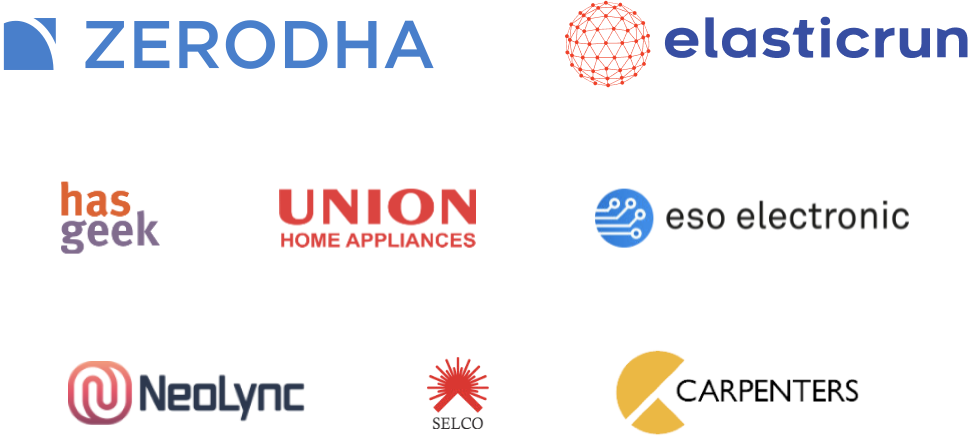Open Source, not Open Core
Odoo positions itself that Odoo is open source. Odoo has an Open Core model where only the core modules are actually open source. The key things that Odoo decides to keep closed are:
2. Financial Accounting (full accounting is paid and claims to be an ERP)
3. Payroll
On the other hand, ERPNext has always been 100% open source with no licensing required. Everything that you see on our SaaS subscription is available on GitHub as free and open source.





.gif)




